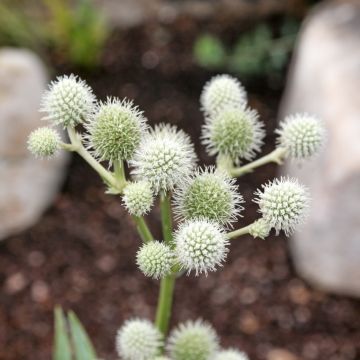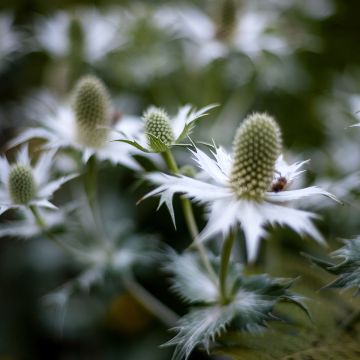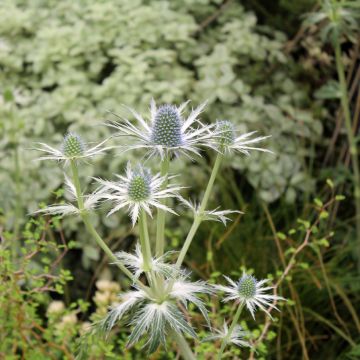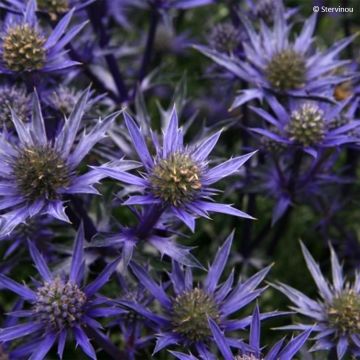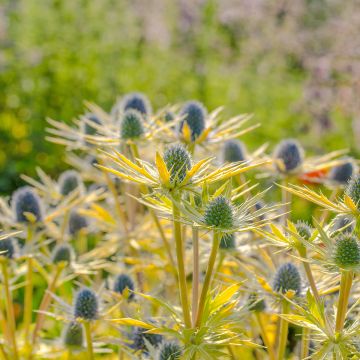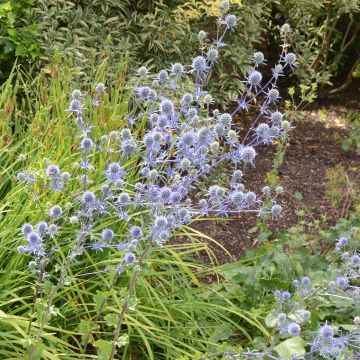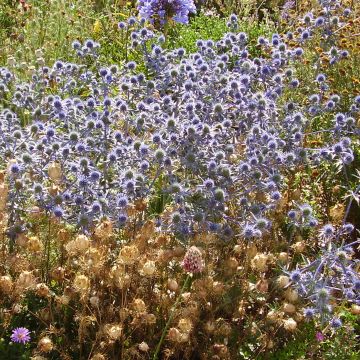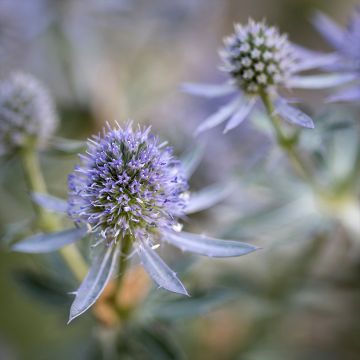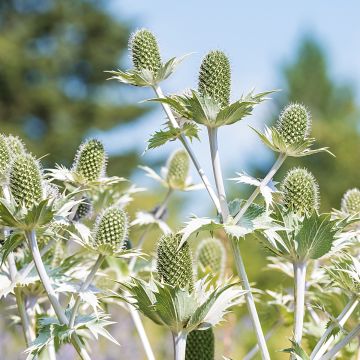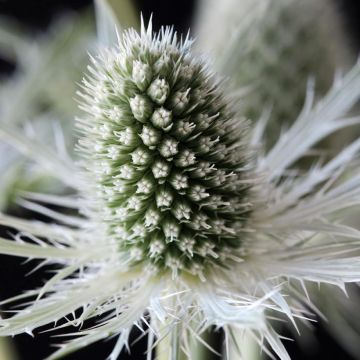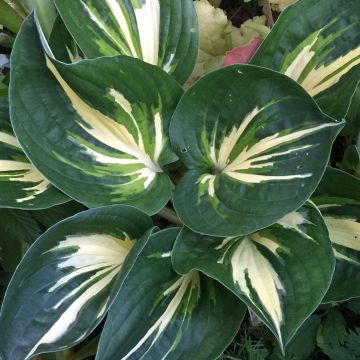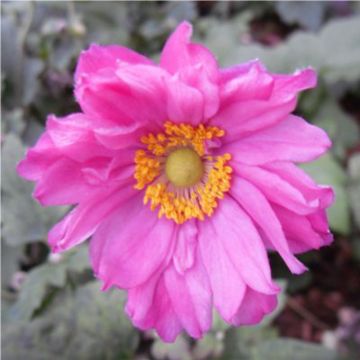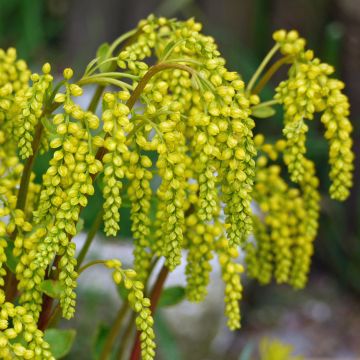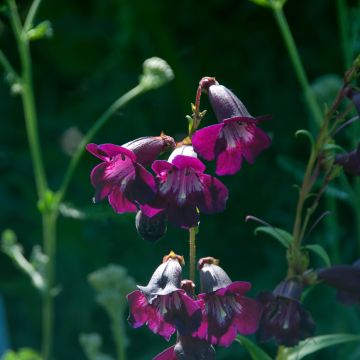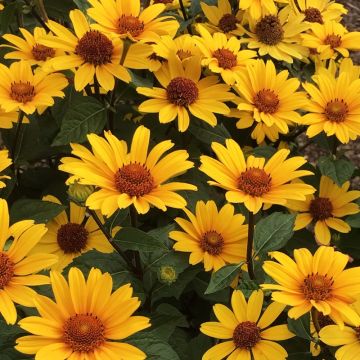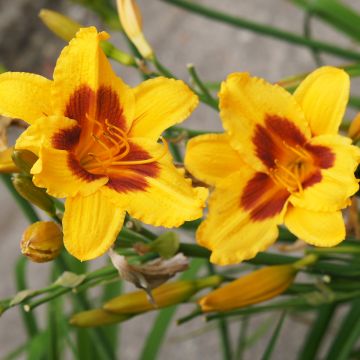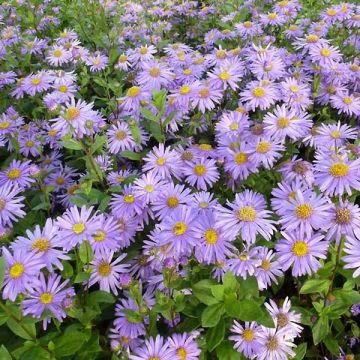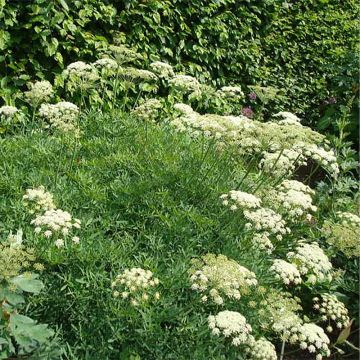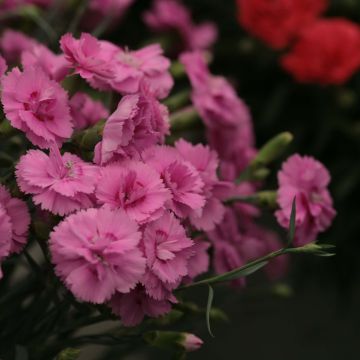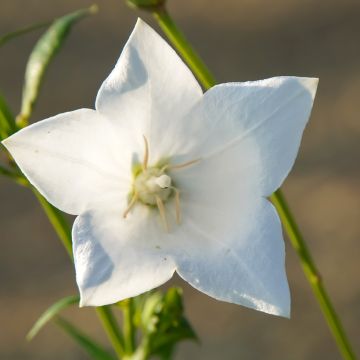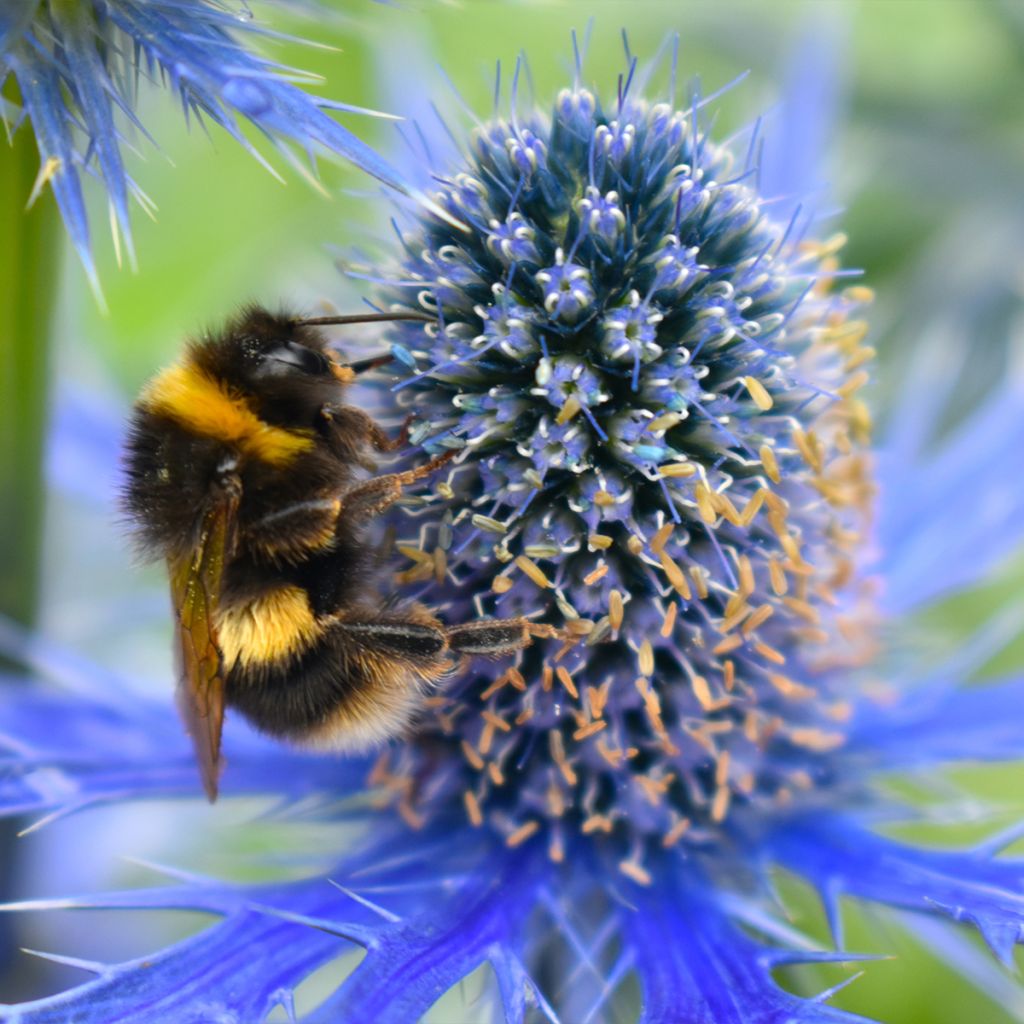

Eryngium Lapis Blue - Panicaut maritime
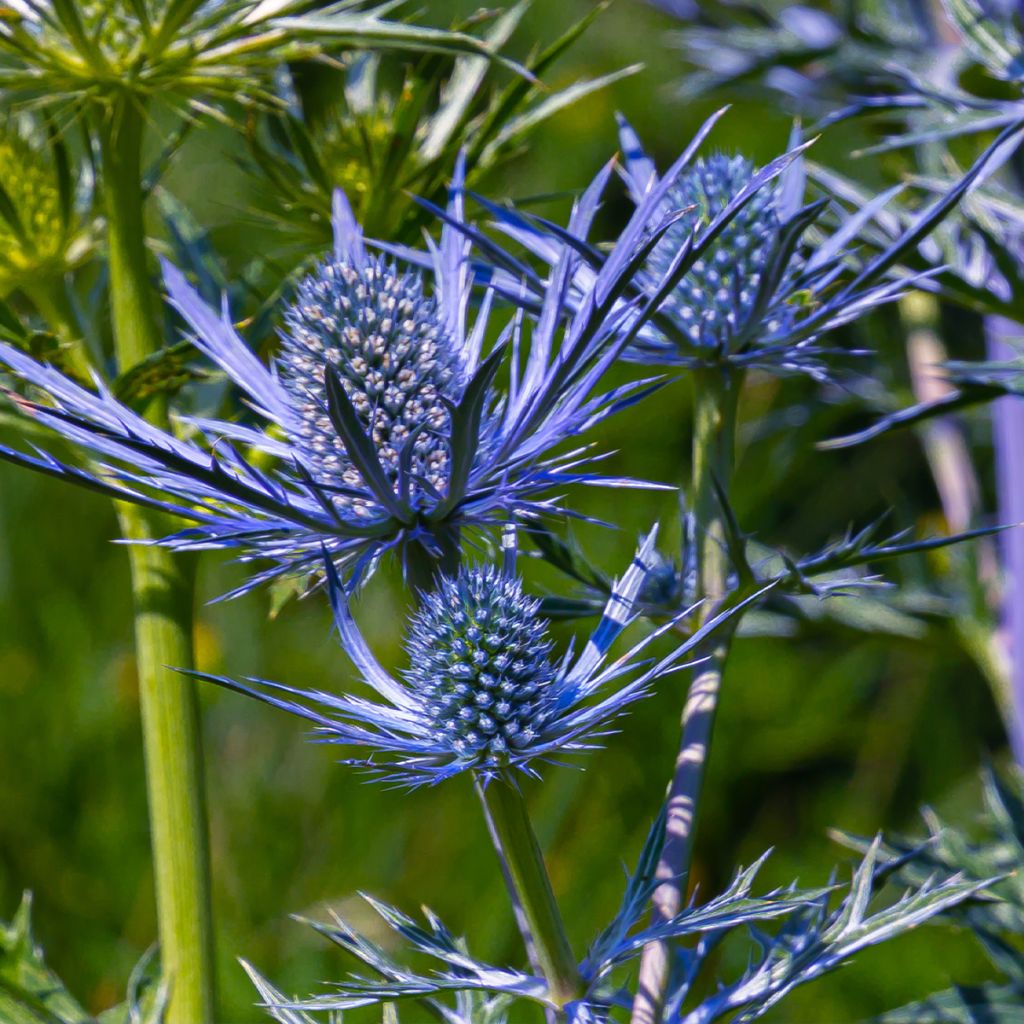

Eryngium Lapis Blue - Panicaut maritime
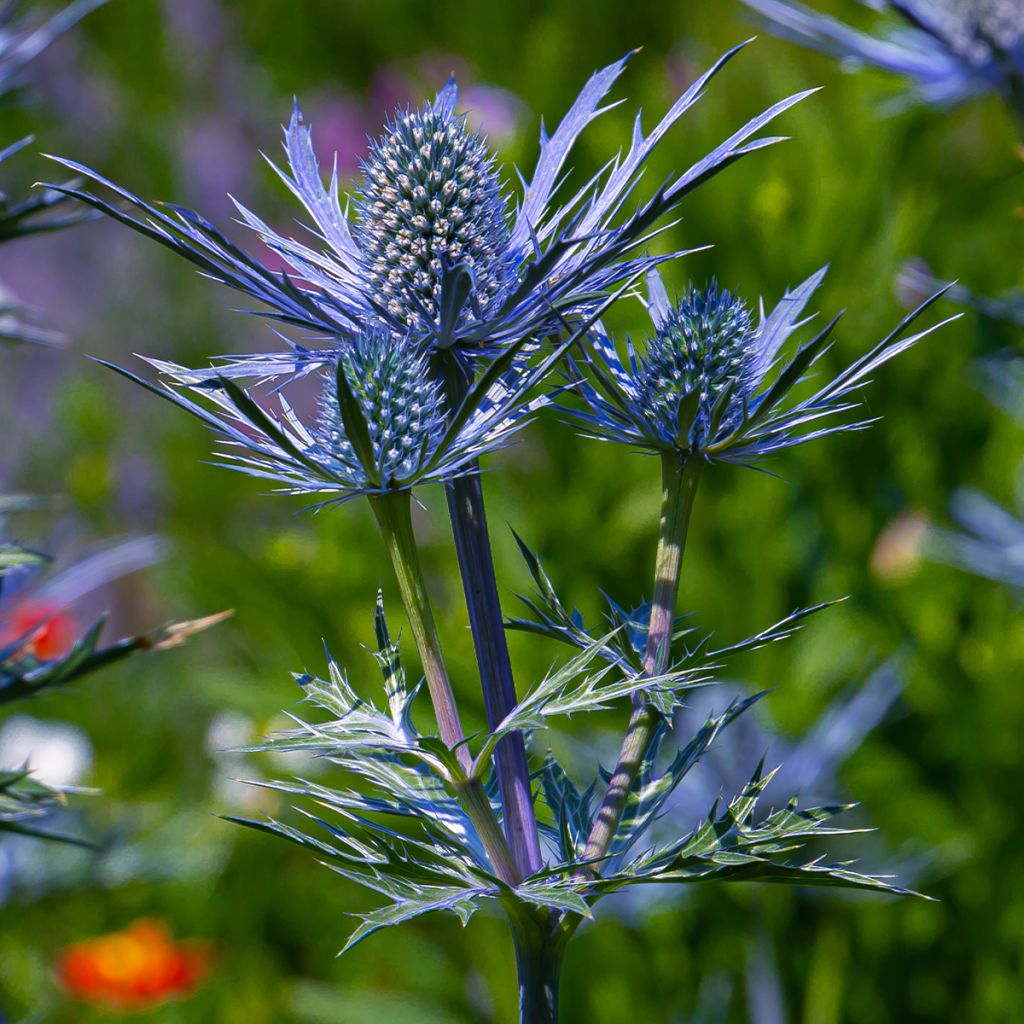

Eryngium Lapis Blue - Panicaut maritime
Eryngium Lapis Blue - Panicaut maritime
Eryngium maritimum Lapis Blue
Sea Holly
Superb young plant in excellent condition, both relating to root and foliar. Foliage similar to the Pyrenean thistle.
Fab, 18/09/2023
This item cannot be shipped to the selected country
Delivery charge from €5.90
More information
Schedule delivery date,
and select date in basket
This plant carries a 12 months recovery warranty
More information
We guarantee the quality of our plants for a full growing cycle, and will replace at our expense any plant that fails to recover under normal climatic and planting conditions.
From €5.90 for pickup delivery and €6.90 for home delivery
Express home delivery from €8.90.

Does this plant fit my garden?
Set up your Plantfit profile →
Description
L'Eryngium Lapis Blue est une variété de panicaut maritime compacte qui forme une touffe d'un bleu violacé étonnant tout au long de l'été. Il attire le regard, couvert de fleurs à bractées épineuses, passant du bleu acier au bleu violacé foncé, portées par des tiges de la même couleur. Cette floraison, nectarifère et mellifère, domine largement le feuillage découpé, coriace, très épineux, marbré de blanc-gris argenté. Un très beau chardon bleu, magnifique planté parmi d'autres plantes sauvages de terres maigres et drainantes. Les fleurs de ce panicaut sont intéressantes dans les bouquets frais ou secs.
L’Eryngium maritimum, communément appelé Panicaut maritime, est un Chardon botanique originaire des côtes d’Europe occidentale et des pays méditerranéens. Peut-être l’avez-vous déjà rencontré, car cette merveille très "piquante" pousse dans les dunes et les galets de notre littoral. La cueillette de ce chardon vivace est interdite dans de nombreux départements français, parce qu'il a tendance à se raréfier dans la nature. Le panicaut de mer appartient à la famille des Apiacées (anciennement appelées les Ombellifères), tout comme la carotte et le céleri.
Le cultivar Lapis Blue forme une touffe buissonnante d'environ 50 cm de hauteur pour 45 cm de large. Sa souche émet des stolons souterrains. Très ramifié, ce Chardon bleu maritime présente un feuillage persistant en hiver. Il est composé de feuilles coriaces et épineuses, profondément découpées et aux nervures argentées spectaculaires. Il fleurit de juin à septembre. À l'extrémité des ramifications éclosent des fleurs organisées en capitules coniques denses, entourées de bractées découpées et épineuses. Le capitule change de couleur au fil du temps : d'un bleu argenté pâle à l'éclosion, ils se teintent progressivement de bleu violacé intense. Ils fanent ensuite en beige, mais restent décoratifs par leur structure jusqu'en hiver. C'est une plante rustique jusqu'à -15 ° C au moins.
Ce Chardon bleu maritime Lapis Blue apprécie le soleil et les sols pauvres, sableux et caillouteux, bien drainés, se rapprochant le plus possible des conditions du bord de mer. Il sera donc idéal dans un jardin côtier, mais s'adaptera aussi à l'intérieur des terres. Plante très décorative par sa très longue floraison bleu intense et son beau feuillage, il sera le compagnon parfait de plantes de terrains pauvres telles que les knautia, scabieuses, gauras, lychnis… Créez facilement une jolie scène en l'associant aussi à des Graminées, Armoises, Euphorbes, Lavandes, dans une ambiance grise, bleue et violette. Il est cependant conseillé de le planter en second plan des massifs pour ne pas avoir à côtoyer de trop près ses épines ! Le Chardon bleu est une des meilleures plantes pour la réalisation de splendides bouquets secs. Il suffit de couper les tiges avant le plein épanouissement des fleurs, et de les faire sécher la tête en bas.
Report an error about the product description
Eryngium Lapis Blue - Panicaut maritime in pictures
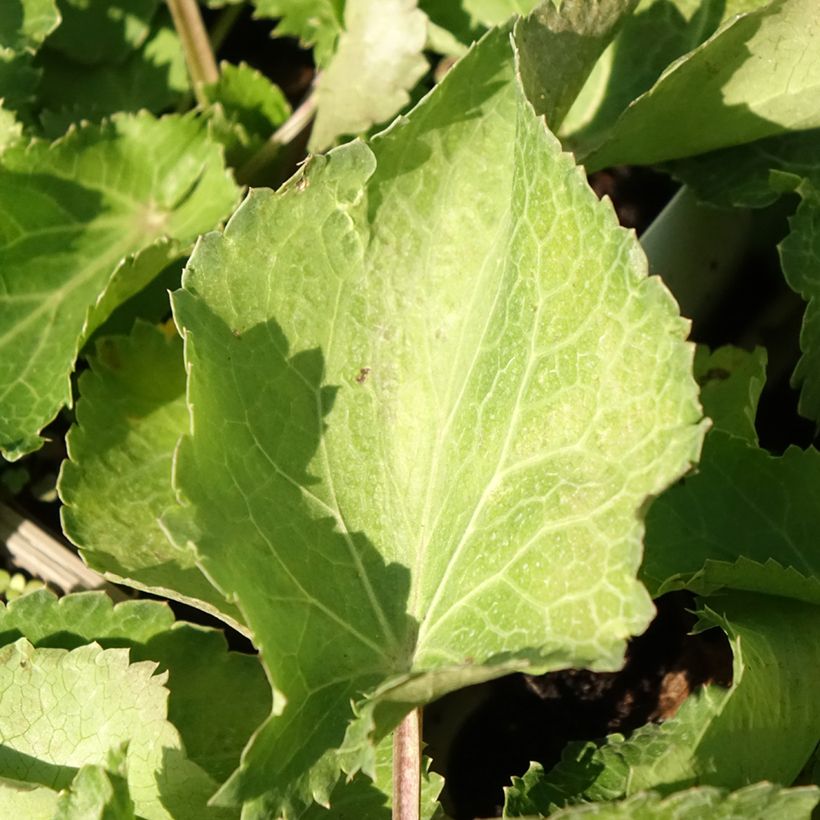

Flowering
Foliage
Plant habit
Botanical data
Eryngium
maritimum
Lapis Blue
Apiaceae
Sea Holly
Cultivar or hybrid
Other Eryngium - Eryngo
Planting and care
The Eryngium Lapis Blue, an easy perennial plant in good growing conditions, is hardy up to -15°C. It is best planted in spring or early autumn in dry climates. Plant it in full sun, in ordinary, light, sandy or gravelly soil, especially well-drained. It does not tolerate heavy and wet soils, especially during the winter season. In case of heavy soil or in a region that is too humid, it will be necessary to mix compost, sand, and gravel with the garden soil and plant it on a raised bed. To ensure good drainage, it will be necessary to place a good layer of gravel at the bottom of the planting hole. Once well rooted, the sea holly is quite resistant to summer drought. After flowering, remove the faded flowers, unless you want the seeds to scatter in the garden, thus obtaining spontaneous sowing and new young plants.
Sea hollies can be attacked by aphids on the stems and inflorescences, as well as on their roots, weakening the plants and sometimes causing their wilting (root rot). On the other hand, they can be susceptible to powdery mildew and attacked by snails and slugs.
Planting period
Intended location
Care
-
, onOrder confirmed
Reply from on Promesse de fleurs
Summer flowering perennials
Haven't found what you were looking for?
Hardiness is the lowest winter temperature a plant can endure without suffering serious damage or even dying. However, hardiness is affected by location (a sheltered area, such as a patio), protection (winter cover) and soil type (hardiness is improved by well-drained soil).

Photo Sharing Terms & Conditions
In order to encourage gardeners to interact and share their experiences, Promesse de fleurs offers various media enabling content to be uploaded onto its Site - in particular via the ‘Photo sharing’ module.
The User agrees to refrain from:
- Posting any content that is illegal, prejudicial, insulting, racist, inciteful to hatred, revisionist, contrary to public decency, that infringes on privacy or on the privacy rights of third parties, in particular the publicity rights of persons and goods, intellectual property rights, or the right to privacy.
- Submitting content on behalf of a third party;
- Impersonate the identity of a third party and/or publish any personal information about a third party;
In general, the User undertakes to refrain from any unethical behaviour.
All Content (in particular text, comments, files, images, photos, videos, creative works, etc.), which may be subject to property or intellectual property rights, image or other private rights, shall remain the property of the User, subject to the limited rights granted by the terms of the licence granted by Promesse de fleurs as stated below. Users are at liberty to publish or not to publish such Content on the Site, notably via the ‘Photo Sharing’ facility, and accept that this Content shall be made public and freely accessible, notably on the Internet.
Users further acknowledge, undertake to have ,and guarantee that they hold all necessary rights and permissions to publish such material on the Site, in particular with regard to the legislation in force pertaining to any privacy, property, intellectual property, image, or contractual rights, or rights of any other nature. By publishing such Content on the Site, Users acknowledge accepting full liability as publishers of the Content within the meaning of the law, and grant Promesse de fleurs, free of charge, an inclusive, worldwide licence for the said Content for the entire duration of its publication, including all reproduction, representation, up/downloading, displaying, performing, transmission, and storage rights.
Users also grant permission for their name to be linked to the Content and accept that this link may not always be made available.
By engaging in posting material, Users consent to their Content becoming automatically accessible on the Internet, in particular on other sites and/or blogs and/or web pages of the Promesse de fleurs site, including in particular social pages and the Promesse de fleurs catalogue.
Users may secure the removal of entrusted content free of charge by issuing a simple request via our contact form.
The flowering period indicated on our website applies to countries and regions located in USDA zone 8 (France, the United Kingdom, Ireland, the Netherlands, etc.)
It will vary according to where you live:
- In zones 9 to 10 (Italy, Spain, Greece, etc.), flowering will occur about 2 to 4 weeks earlier.
- In zones 6 to 7 (Germany, Poland, Slovenia, and lower mountainous regions), flowering will be delayed by 2 to 3 weeks.
- In zone 5 (Central Europe, Scandinavia), blooming will be delayed by 3 to 5 weeks.
In temperate climates, pruning of spring-flowering shrubs (forsythia, spireas, etc.) should be done just after flowering.
Pruning of summer-flowering shrubs (Indian Lilac, Perovskia, etc.) can be done in winter or spring.
In cold regions as well as with frost-sensitive plants, avoid pruning too early when severe frosts may still occur.
The planting period indicated on our website applies to countries and regions located in USDA zone 8 (France, United Kingdom, Ireland, Netherlands).
It will vary according to where you live:
- In Mediterranean zones (Marseille, Madrid, Milan, etc.), autumn and winter are the best planting periods.
- In continental zones (Strasbourg, Munich, Vienna, etc.), delay planting by 2 to 3 weeks in spring and bring it forward by 2 to 4 weeks in autumn.
- In mountainous regions (the Alps, Pyrenees, Carpathians, etc.), it is best to plant in late spring (May-June) or late summer (August-September).
The harvesting period indicated on our website applies to countries and regions in USDA zone 8 (France, England, Ireland, the Netherlands).
In colder areas (Scandinavia, Poland, Austria...) fruit and vegetable harvests are likely to be delayed by 3-4 weeks.
In warmer areas (Italy, Spain, Greece, etc.), harvesting will probably take place earlier, depending on weather conditions.
The sowing periods indicated on our website apply to countries and regions within USDA Zone 8 (France, UK, Ireland, Netherlands).
In colder areas (Scandinavia, Poland, Austria...), delay any outdoor sowing by 3-4 weeks, or sow under glass.
In warmer climes (Italy, Spain, Greece, etc.), bring outdoor sowing forward by a few weeks.

































